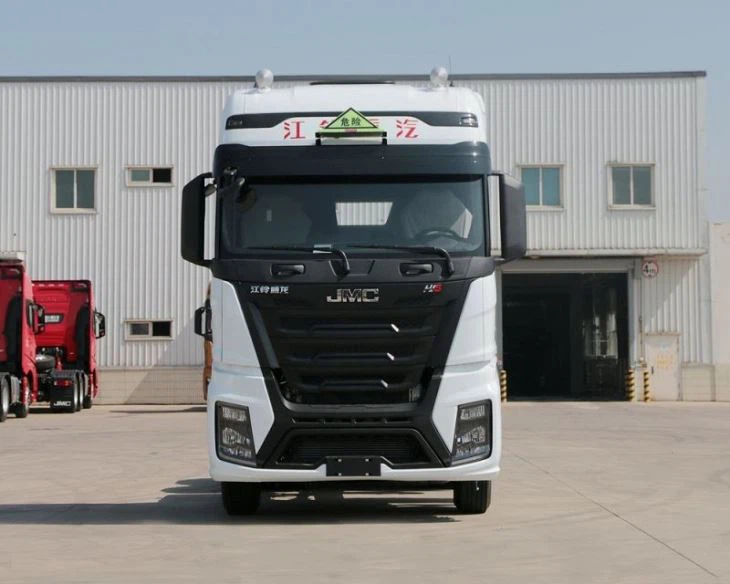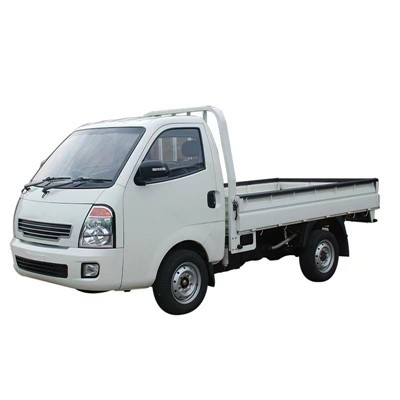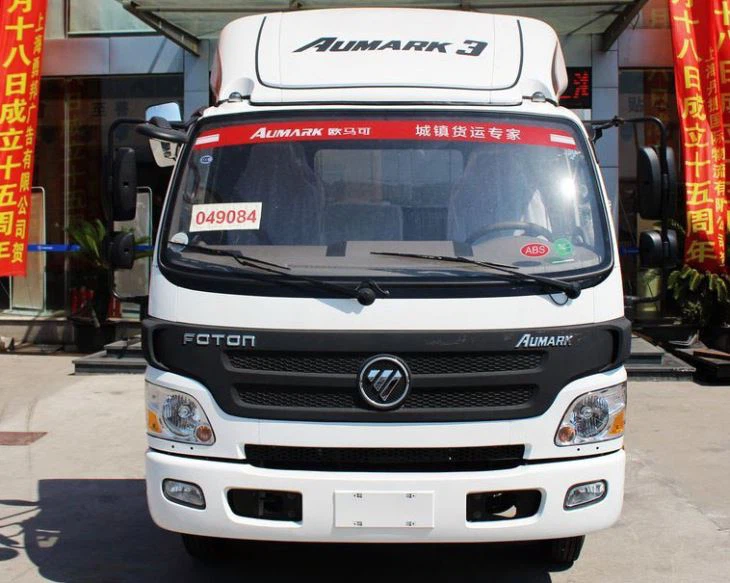Understanding Hook and Lift: Techniques, Applications, and Best Practices

In various fields such as construction, engineering, and even fishing, the terms ‘hook and lift’ play a crucial role in ensuring efficiency and safety. This comprehensive article delves into what ‘hook and lift’ means, its applications, techniques, and practical tips for various industries. We will explore the different contexts where hook and lift is applied to provide a clearer understanding and valuable insights for readers.
The Basics of Hook and Lift
The concept of hook and lift generally refers to the use of hooks for lifting heavy objects. The hook serves as a connection between the lifting device and the object to be lifted. This section will explain the fundamental principles and components involved in the hook and lift mechanism.
What is Hook and Lift?
Hook and lift is a technique used primarily in hoisting and lifting operations. It involves the attachment of a hook to a load with the goal of lifting it safely and efficiently. This method is widely used in construction, shipping, and many manufacturing processes.
Components of Hook and Lift Systems
- Hook: A metal tool used to grip the load.
- Lift Mechanism: This can include cranes, hoists, or forklifts.
- Load: The object that needs to be lifted.
- Safety Equipment: Such as slings and chains that secure the load.
Applications of Hook and Lift
The hook and lift system is employed in various industries, each with specific requirements and standards.
1. Construction Industry
In construction, the hook and lift technique is essential for moving heavy materials like steel beams, concrete blocks, and other structural components. Cranes equipped with hooks can lift materials high above ground, saving time and labor costs.
Example: Crane Operations
During the construction of a building, a crane is often used to lift steel beams. The operator attaches the hook to the beam, ensuring the safety latch is secure before initiating the lift.
2. Manufacturing and Warehousing
Manufacturing facilities often use hoists with hooks to move heavy machinery or materials along production lines or from warehouse shelves. This maximizes space and efficiency.
Example: Forklift Usage
Forklifts equipped with lifting hooks can facilitate the movement of heavy pallets. Operators attach the hook to the pallet’s corner and gently lift it to transport it across the production floor.
3. Shipping and Logistics
In the shipping industry, cranes with hooks are employed to load and unload shipping containers from cargo ships. This ensures efficient handling of goods, particularly in port facilities.

Example: Container Handling
When unloading a container ship, a crane lowers its hook to attach to the container’s lifting points to safely hoist it onto the dock.
Safety in Hook and Lift Operations
Safety is paramount when conducting hook and lift operations. Here, we discuss the best practices to ensure safety for operators and bystanders alike.
1. Regular Inspection and Maintenance
All lifting equipment, including hooks, should undergo regular inspections to check for wear, damage, or corrosion. Maintaining equipment prolongs its lifespan and ensures it operates safely.
2. Proper Training
All personnel involved in hook and lift operations should receive adequate training. Operators must understand how to safely attach hooks and how to signal during lifting operations.
3. Load Limits
Understand and adhere to load limits specified by the manufacturer. Overloading can lead to equipment failure and accidents.
Example: Load Testing
Before using hooks in a new environment, it’s essential to conduct load testing to ensure the system can handle the intended weight.
Different Types of Hooks Used in Hook and Lift
Various hook types are designed for specific applications. This section outlines common hook types utilized in hook and lift operations.
1. Standard Hooks
Standard hooks are commonly used in lifting operations, providing a reliable connection between the lifting device and the load.
2. Safety Hooks
These hooks include a locking mechanism to prevent accidental disconnection from the load. They are ideal for securing loads during lifts.
3. Swivel Hooks
Swivel hooks allow for multi-directional movement and are useful in situations where the load needs to be rotated during the lift.
Choosing the Right Hook for Your Lift
Selecting the appropriate type of hook for your specific lifting operation is crucial for safety and efficiency. This section will help you make informed decisions.
1. Assessing Load Weight
Determine the weight of the load you intend to lift. Refer to the hook specifications to ensure they can handle the load capacity required.
2. Environmental Factors
Consider the operating environment. Factors such as temperature, moisture, and exposure to chemicals can affect the performance of certain hooks.
3. Type of Material to Be Lifted
Different materials may require specific hook types; for example, soft materials like fabric may need padded hooks to prevent damage.
Tips for Efficient Hook and Lift Operations
Efficiency in hook and lift operations can lead to improved productivity and safety. Here are some practical tips.
1. Plan Your Lift
Before attempting a lift, have a clear plan. Identify the load, lifting equipment, and route to minimize risks and ensure smooth operations.
2. Maintain Clear Communication
Always establish hand signals or use radios for communication among team members during the lifting operation.
3. Keep the Work Area Organized
A clutter-free work environment prevents accidents and makes it easier to maneuver lifting equipment.
Common Hook and Lift Mistakes to Avoid
Here are some prevalent mistakes that can lead to accidents or inefficiencies during hook and lift operations.
1. Ignoring Load Limits
Failing to adhere to specified load limits can result in dangerous situations, including equipment failure and accidents.
2. Neglecting Safety Checks
Skipping pre-lift safety checks can compromise the safety of personnel and equipment. Always conduct thorough inspections before operations.
3. Poor Hook Selection
Using the wrong type of hook for a specific load can lead to accidents. Always match hooks to the load type and lifting environment.
Future Trends in Hook and Lift Technologies

As technology advances, so do lifting techniques. This section will discuss emerging trends and innovations in hook and lift operations.
1. Smart Hooks
Integration of sensors and IoT technology into hooks can provide real-time data about load weight and condition, improving safety and efficiency.
2. Automation in Lifting Operations
AI and robotics are increasingly being used in lifting operations, allowing for more precise and efficient hook and lift tasks without human intervention.

FAQs about Hook and Lift
1. What is the load limit for a standard hook?
The load limit varies depending on the hook’s design and materials. Always consult the manufacturer’s specifications before use.
2. How often should lifting equipment be inspected?
Lifting equipment should be inspected regularly, typically every three months, or more frequently if used in harsh environments.
3. Can hooks be reused after lifting heavy loads?
Yes, but they should be thoroughly inspected for any signs of wear or damage before reuse to ensure safety during subsequent lifts.
4. What safety measures should be taken during hook and lift operations?
Safety measures include proper training, conducting regular equipment inspections, maintaining clear communication, and adhering to load limits.
5. Are there different hooks for different materials?
Yes, different hooks are designed for specific materials to minimize the risk of damage and ensure secure lifting.
6. What are the benefits of using swivel hooks?
Swivel hooks allow for multi-directional movement, making them ideal for lifts that require adjustments during the lifting process.
